In 1991, a massive fire engulfed a dairy warehouse and resulted in a burning river of melted butter into the streets. Here’s the story and the District’s role in helping to clean up aftermath of the Central Storage & Warehouse (CSW) fire and its famed “Butter River.”
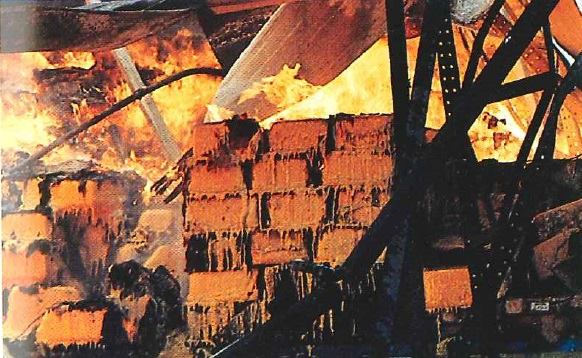
A tough fire to tackle
On the afternoon of May 3, 1991, a massive four-alarm fire broke out in the CSW facility on Cottage Grove Road near Highway 51 after a forklift experienced a battery malfunction.
CSW is one of the larger providers of temperature-controlled warehouse storage in Wisconsin, and its Madison location is one of the company’s largest facilities. At the time, this location stored more than 10 million pounds supply of government surplus butter; luncheon meat; cheese; and food products for Oscar Meyer, Swiss Colony and many other food processing facilities around the state.
The fire started at about 3 p.m. Although the Madison Fire Department (MFD) was spraying water on the fire at the rate of 5,000 gallons per minute, the fire could not be contained and the blaze took 8 days to put out completely. This was partially due to the highly flammable insulation in the warehouse walls, and of course, the 50 million pounds of high-fat food products fueling what essentially became a giant grease fire. On top of it all, high winds fanned the flames to adjacent warehouses.
Ten years after the blaze, MFD Lt. Gordon Berggren reflected back on the size of the fire in a story by NBC 15. “A lot of times, you can tell how big a fire is just by what you see coming in the distance… and you could tell this was going pretty good.”
After a few hours of burning, the foods from the warehouse oozed into the surrounding area and became a giant river of butter. The mixture of water, melted butter and other food materials flowed into low-lying areas near the scene. Firefighters and officials on the scene waded through 2 to 3 feet of butter, with the low-lying areas collecting a gelatinous mixture up to 5 feet deep.
“I had butter in places a guy shouldn’t have butter by the end of that night,” said recently retired MFD Chief Steven Davis in an interview with Tone Madison.
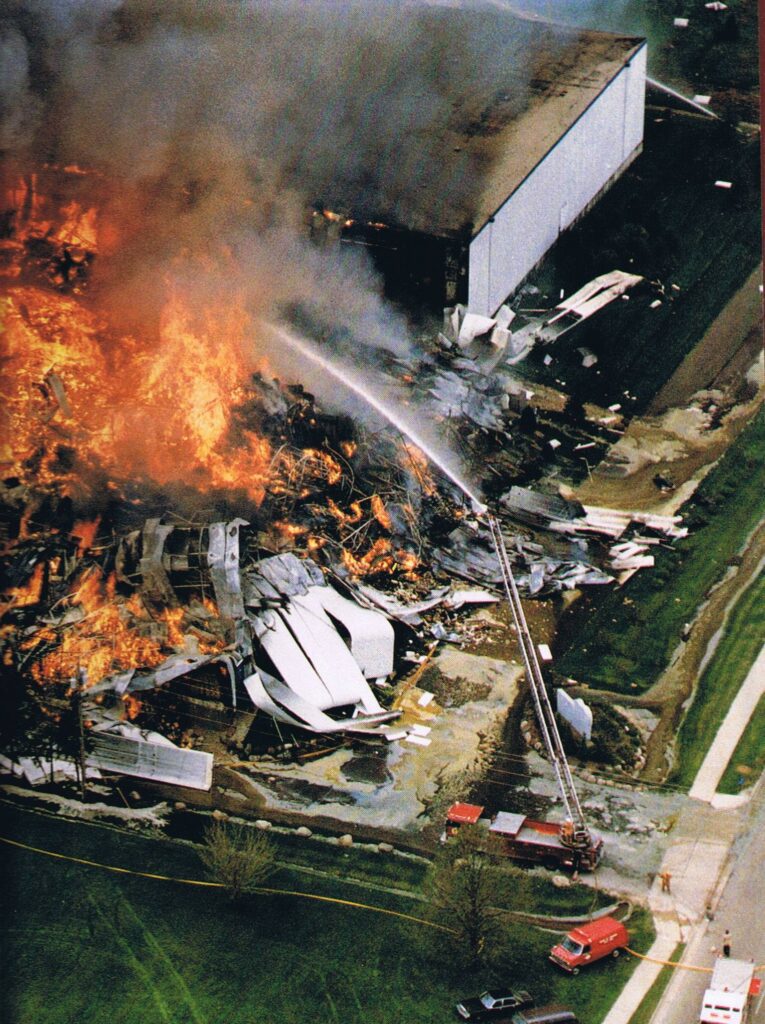
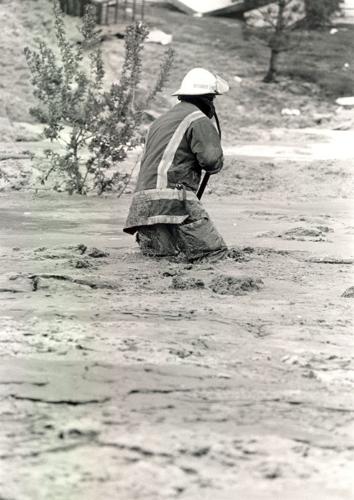
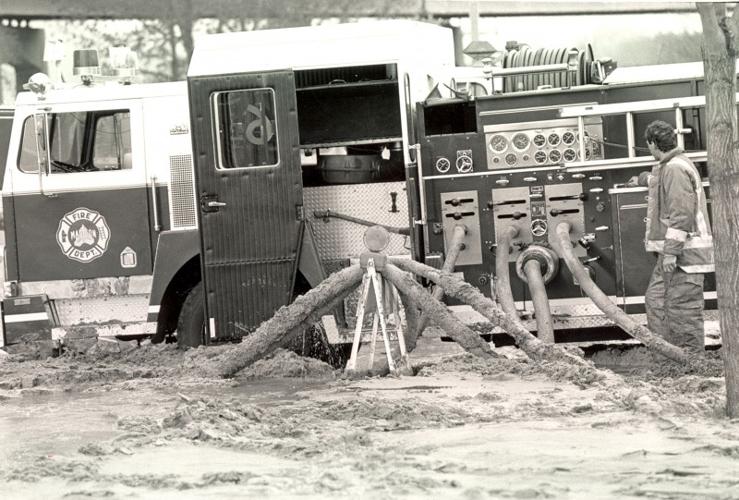
A giant mess
During the fire, the butter and food products discharged into a large concrete-lined stormwater channel adjacent to CSW. It was a channel that, unfortunately, drains directly to Lake Monona.
The City of Madison and the DNR had used dirt fill to create dams in the channel to prevent the oil-rich liquid from reaching Lake Monona. As crowds of onlookers and TV cameras watched the activities, the water level behind the dams continued to rise and threatened to overtop the dams.
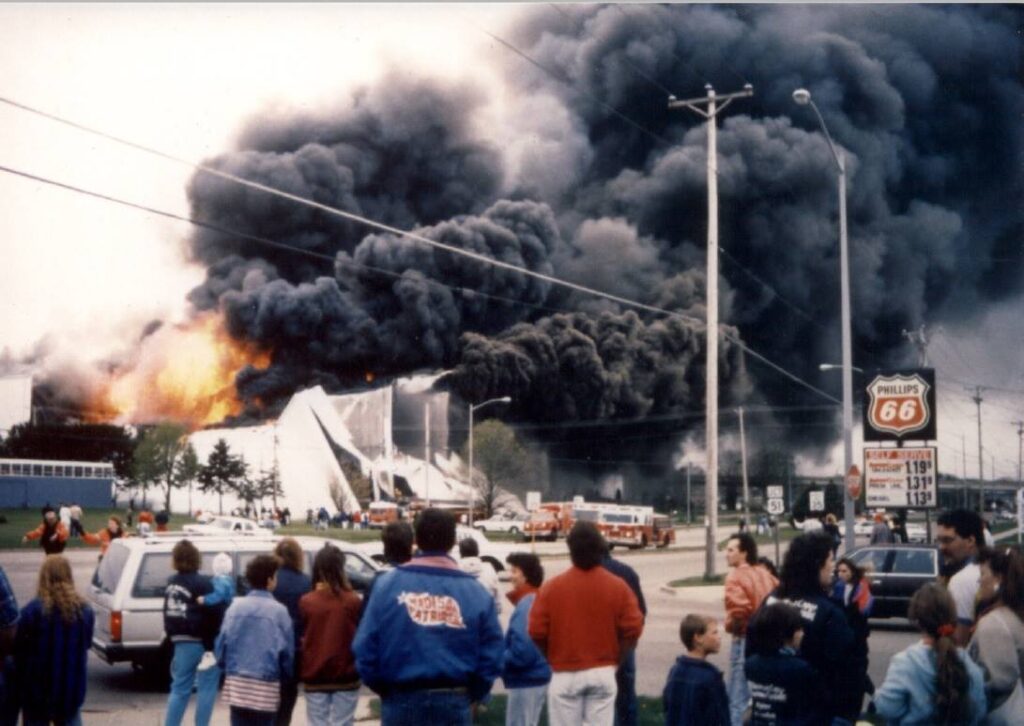
“Six stories of butter melted started flowing into the streets and sewers,” emergency worker Kent Kruger said in a 1991 interview. “We had to take an end loader and put sand on the burning butter.”
At about 8 p.m., the City contacted the District to ask if this butter/liquid mix filling the stormwater channel could be placed in the sanitary sewer system. Paul Nehm, District director of operations and maintenance at the time took the call at home that Friday night from City of Madison director of public works Larry Nelson, just as the local CBS station broke regularly scheduled programming (the popular TV show Dallas) with the news and visuals of flames shooting out of the warehouse.
District personnel immediately went to the scene of the fire. Staff coordinated with City personnel to begin operations to pump the melted liquid into the sanitary sewer system. The sanitary sewer system in this area conveys water to the District’s Pumping Station 6 (PS6), located near Olbrich Gardens. But, special accommodations to avoid overload at PS6 and reduce the amount of wastewater flowing there needed to happen first. Water that normally pumped to PS6 from Pumping Station 1 near Tenney Park was instead redirected to Pumping Station 2 at Brittingham Park. View an interactive collection system map.
To aid in the pumping operations from the butter river to the sewer system, the District provided two 6-inch pumps and three 4-inch pumps as well as hoses to be used by City of Madison pumps. Several contractors also provided pumps. At the peak pumping time, there were three 6-inch pumps, five 4-inch pumps, at least six 3-inch pumps, and numerous smaller pumps pumping the contained liquid into the sanitary sewer system.
At the same time, a careful eye needed to be maintained at PS6 to ensure that the high grease loading did not adversely affect the pumping operation. Since the water being pumped by PS6 flows to Pumping Station 7, that station also had to be monitored. In addition, the gravity interceptor line between the stations had to be checked to verify that grease was not settling out and plugging that important sewer line.
By the end of May 4, more than 3 million gallons of the grease and water mix had entered the sanitary sewer. By May 6, another 11-plus million gallons of grease-ladened material had been pumped from the fire scene to our systems.
In the two days following the fire, the BOD (biochemical oxygen demand) loading at the treatment plant was double what was normally received. BOD is a measure of how much oxygen is required to remove organic matter from water during wastewater treatment. In other words, BOD helps measure the degree of organic material in the water. Even with the higher load of high-strength waste coming into the plant, the District was able to provide an effluent that met the limits of our discharge permit.
On May 11, 1991, the fire was officially declared out.
Fortunately, due to the ability of the District’s treatment system and our staff to handle this waste, environmental damage to Lake Monona and Starkweather Creek was kept to an absolute minimum. Madison Mayor Paul Soglin even sent a letter of appreciation to the District for the efforts by employees.
“I was really proud of the cooperation between the District, the City of Madison,
Retired director of operations and maintenance Paul Nehm
and private contractors to save Lake Monona from an environmental disaster”.
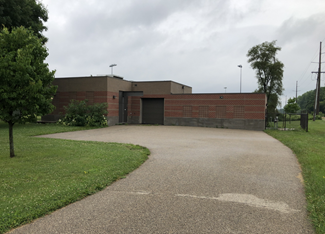
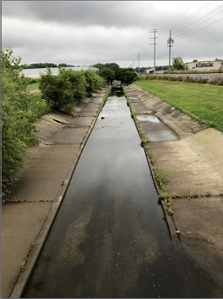
Since the fire, CSW has been rebuilt. Any trace of the mighty butter river has vanished. Ironically, perhaps, a Culver’s restaurant (known for its ButterBurger) now sits just yards from where the butter river originated.
The “Butter River” fire was the largest dollar-loss fire in Madison’s history and was dubbed the biggest commercial fire in state history by the Wisconsin State Journal. Losses were estimated at $7.5 million in property damages, $70 million in contents (including 50 million pounds of food products), and nearly $1 million in clean-up costs.
Visit the History section of our blog for more interesting stories of Madison’s wastewater treatment over time.
Article written by Amy Steger. Special thanks to Paul Nehm for assistance with data collection.






